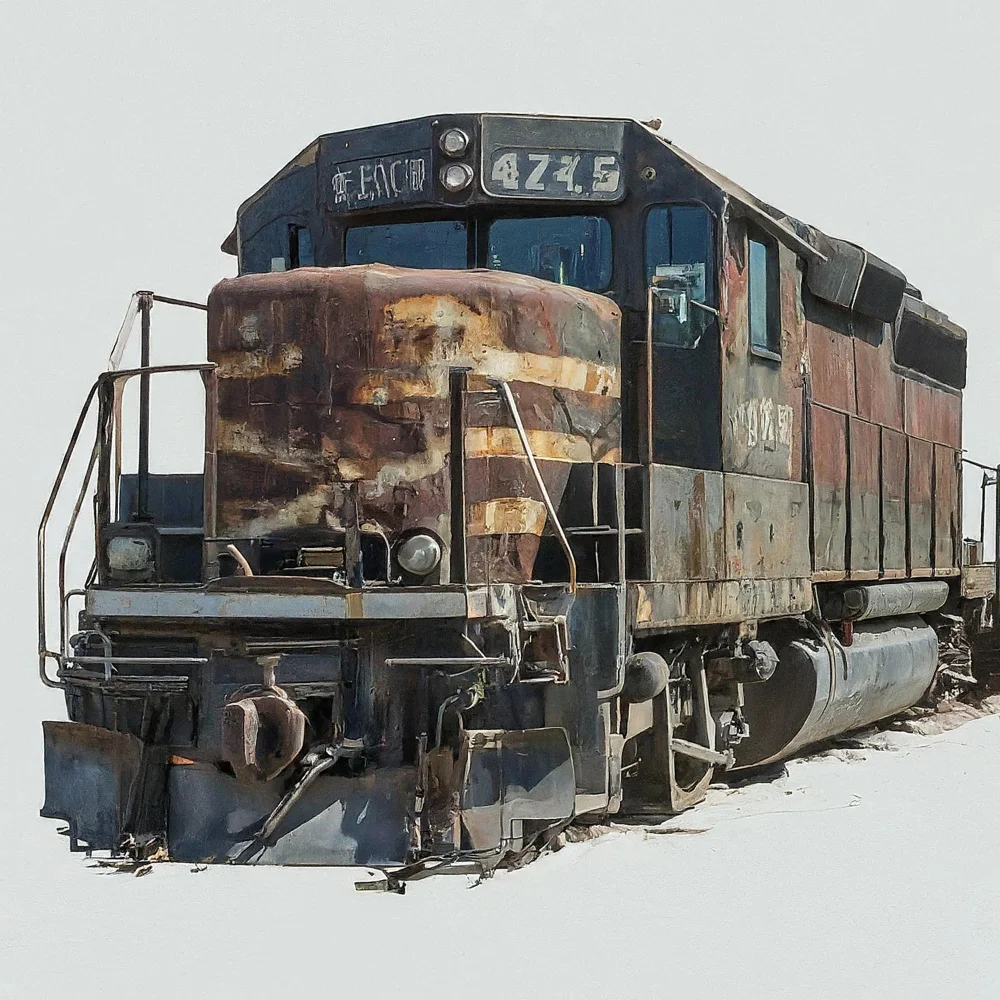Model railroading is an art form that blends creativity and precision. One way to elevate your model railroading experience is through Kato 381 Series weathering. This technique adds a lifelike, worn appearance to your trains, making them look as though they’ve seen years of service. In this guide, we’ll dive into everything you need to know to achieve realistic weathering effects, turning your pristine Kato 381 Series model into a captivating centerpiece.
Historical Context of the Kato 381 Series
Before you start weathering, it’s important to understand the history of the Kato 381 Series. These electric multiple unit (EMU) trains were a staple in Japan’s rail system, operating in regions like Kyushu and Shikoku. Known for their sleek design and reliability, the 381 Series became an icon in Japanese railroading. Over time, these trains experienced significant wear from weather, pollution, and constant use.
Understanding this history will help you create a weathering effect that’s not only realistic but also historically accurate. Look at photos of real 381 Series trains to observe rust, grime, and fading patterns.
Preparing Your Model for Weathering
Preparation is key to successful Kato 381 Series weathering. Follow these steps to ensure your model is ready:
Cleaning the Model
- Use a soft brush to remove dust and debris.
- Wipe the surface with a microfiber cloth dampened with isopropyl alcohol. This removes oils and fingerprints that could interfere with paint adhesion.
Priming the Surface
- Apply a light coat of primer to ensure paints and powders adhere well.
- Choose a neutral color like gray or tan to create a smooth base for weathering.
Masking Delicate Areas
- Use painter’s tape to protect windows, logos, and decals.
- Apply a thin layer of matte varnish to shield delicate details during the weathering process.
Essential Tools and Materials
To achieve professional results, gather the following:
Tools
- Airbrush: For even, precise paint application.
- Fine Paintbrushes: For detailed work like rust streaks.
- Sponges: Ideal for creating texture.
- Tweezers and Hobby Knives: For handling small parts and intricate adjustments.
Materials
- Acrylic Paints: Versatile for rust, dirt, and fading effects.
- Weathering Powders: To replicate grime and rust.
- Washes: Thinned paints that enhance crevices and details.
- Clear Varnish: For sealing and protecting the final finish.
Safety Precautions During Weathering
Weathering involves paints, solvents, and tools that require careful handling:
- Work in a well-ventilated area to avoid inhaling fumes.
- Wear gloves to protect your skin from chemicals.
- Keep sharp tools stored safely to prevent accidents.
Basic Weathering Techniques
Start with simple methods to build confidence and achieve a realistic look.
Applying Washes
- Mix dark brown or black acrylic paint with water to create a wash.
- Apply the wash to the entire model, focusing on crevices where dirt naturally accumulates.
- Wipe off excess wash with a cloth, leaving subtle grime behind.
Dry Brushing
- Dip a dry brush into light gray or tan paint.
- Remove most of the paint on a paper towel, then lightly brush the model’s surface.
- This highlights edges and creates a faded effect.
Sponging
- Use a sponge to dab paint onto the model for a textured appearance.
- Ideal for simulating rust patches and dirt buildup.
Advanced Weathering Techniques
For experienced hobbyists, advanced techniques add depth and complexity.
Rust Streaks
- Use a fine brush to draw vertical streaks from rivets and panel edges.
- Blend the streaks with a damp brush for a natural look.
Faded Paint
- Airbrush a thin layer of light gray or tan over exposed areas like roofs.
- Sand lightly to reveal the original paint beneath, mimicking sun-bleached surfaces.
Chipping Effects
- Use a sponge dipped in dark gray or metallic paint.
- Dab lightly on areas prone to wear, such as edges and corners, to simulate paint chipping.
Customizing Weathering for Realism
Tailor your weathering effects to match specific environments:
Urban Settings
- Add soot and grime using black weathering powders.
- Focus on undercarriages and wheels for a city-worn appearance.
Coastal Areas
- Apply rust and corrosion effects using orange and brown washes.
- Highlight areas exposed to saltwater, such as joints and rivets.
Rural Routes
- Use tan or light brown powders to replicate dust and dirt.
- Apply extra weathering to the roof and lower panels.
Maintenance of Weathered Models
Preserving your weathered model ensures it remains a masterpiece:
Sealing the Finish
- Spray a matte or semi-gloss clear coat to protect the weathering.
- Allow the varnish to dry for at least 24 hours before handling.
Cleaning Tips
- Use a soft brush to remove dust.
- Avoid using water or solvents, as they can damage the finish.
Touch-Ups
- Reapply weathering materials to areas that fade over time.
- Keep a small kit of paints and powders for quick fixes.
Showcasing Your Weathered Kato 381 Series
Display your weathered model to highlight your craftsmanship:
Dioramas
- Create a setting that complements the weathering, such as an industrial yard or rural station.
Photography
- Use natural lighting to emphasize the textures and details.
- Experiment with angles to capture the model’s realistic effects.
Digital Resources and Communities
Connect with fellow hobbyists to share tips and inspiration:
- Join online forums like Model Train Enthusiasts.
- Watch video tutorials for step-by-step guidance.
- Follow social media groups dedicated to model railroading.
Conclusion
Kato 381 Series weathering is a rewarding process that transforms your model into a realistic representation of history and use. By combining the right tools, techniques, and creativity, you can create a masterpiece that stands out in any collection. Remember to experiment, learn from each project, and share your work with the community.
FAQs
What is weathering in model railroading? Weathering is the process of adding realistic wear, rust, and grime to model trains to mimic real-life conditions.
How can I weather my Kato 381 Series model? Start with basic techniques like washes and dry brushing. Progress to advanced methods such as rust streaks and chipping effects.
What tools do I need for Kato 381 Series weathering? Essential tools include an airbrush, fine brushes, weathering powders, and acrylic paints.
How do I avoid over-weathering? Apply effects gradually and focus on high-wear areas. Use reference photos for accuracy.
How do I maintain my weathered model? Seal the finish with a clear coat, clean with a soft brush, and touch up faded areas as needed.


